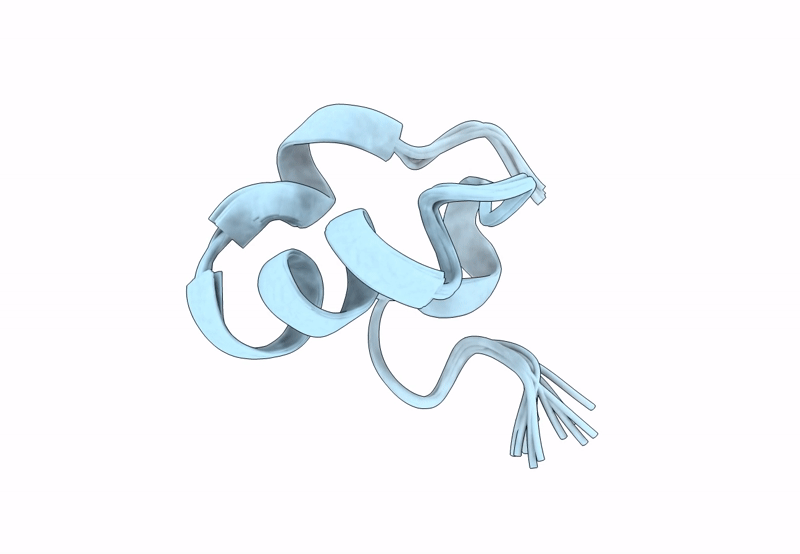
Deposition Date
2023-07-21
Release Date
2023-10-25
Last Version Date
2024-10-16
Entry Detail
PDB ID:
8PWT
Keywords:
Title:
Solution structure of the peptide U11-MYRTX-Tb1a from the venom of the ant Tetramorium bicarinatum
Biological Source:
Source Organism:
Tetramorium bicarinatum (Taxon ID: 219812)
Method Details:
Experimental Method:
Conformers Calculated:
500
Conformers Submitted:
15
Selection Criteria:
structures with the lowest energy


